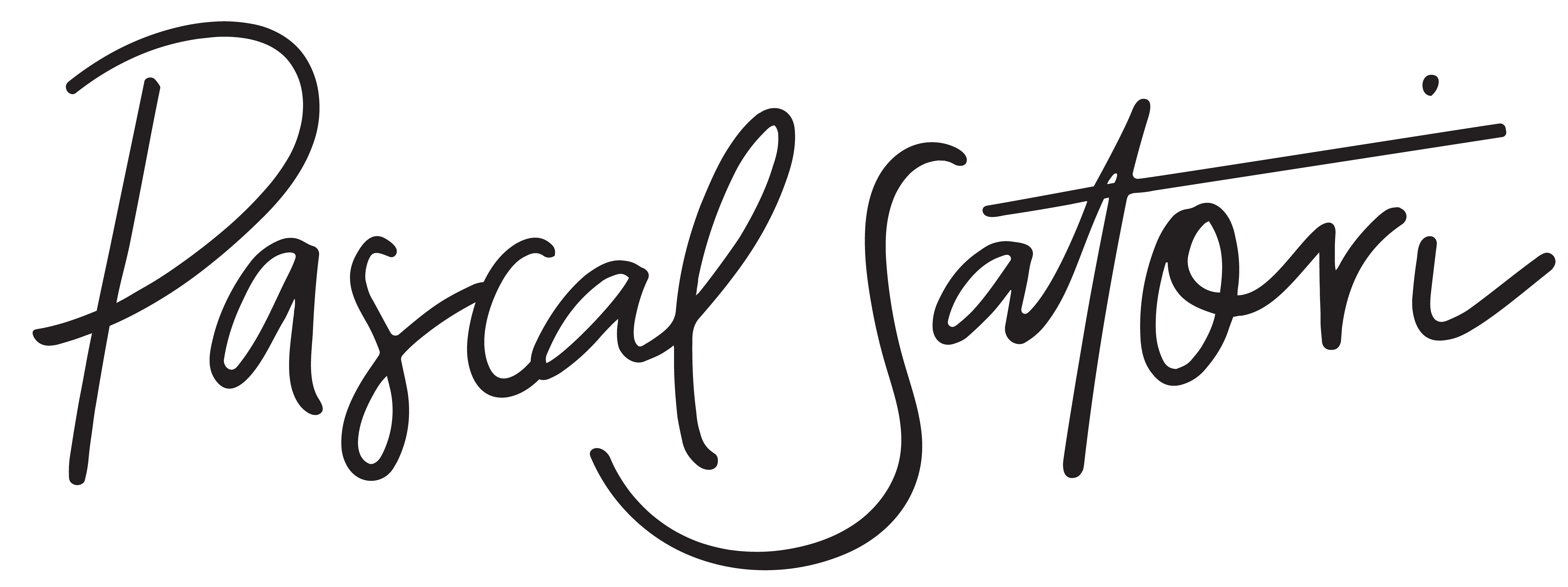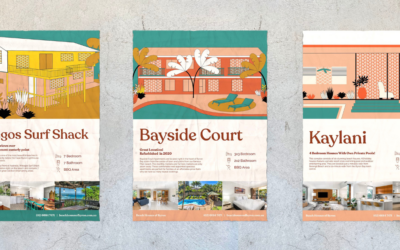Brand narratives and the subtlety of storytelling
In our last blog, we dug into the nuances of an effective brand communication strategy. Now, we know you all read it and shared it madly across allllll your socials (right? 😉 so we won’t go back over that ground too much. But, there was one little aspect we mentioned that’s so important, we decided it needed a whole post to itself: Brand storytelling.
Now, we’re not talking about literal storytelling here, although it can be a feature of this approach. What we’re talking about is the world you create through your brand, with your brand at the centre of it. Your brand is the main character, and the story you tell is about it, but not only it. It’s also, in large part, about your customers. It’s about who they are (or who they want to be) and how you can help them embody that idea(l).
Remember learning about iceberg theory in high school English? Iceberg theory tells us that in any good story, what the audience sees or hears is just the tip of the iceberg, the visible part sticking up above the surface of the water. For that part to really strike a chord, there has to be a whole world beneath it: the rest of that huge iceberg that is actually underwater. The way you communicate what’s below the surface of your brand is one of the most effective, persuasive tools in your arsenal when it comes to converting customers. In short, storytelling is how you give your customers reasons to choose you over someone else.
When a customer opts in to your value proposition, they’re saying that they want to be a part of the story your brand is telling. They’re giving you feedback that what you said (or hinted at or pointed to) resonated in just the right way for them. Furthermore, the way you positioned yourself allowed them to identify themselves as the right customer for your offering. You confirmed in their minds that your offering would enhance their life. That’s all they needed to know. BAM. Sale complete.
When we work with customers on strategic branding, we nut out the narrative quite early on in the piece, because this narrative then informs a lot of the other comms and positioning work we do. Whether your brand is product or service-based, and whatever industry you’re in, a strategic brand narrative is essential, because this is how your customers can discern the meaning behind what you’re offering.
Think about a pair of shoes, for example. A pair of shoes is essentially some rubber, fabric, and plastic. A pair of shoes is to protect your feet from the ground. Hopefully, pretty much any pair of shoes could do this job (some better than others). So, how do you choose which pair of shoes to get? Is it aesthetics? A lot of them are pretty. Is it price? There are thousands of shoes at every price point. Is it quality? Maybe, but again, there are plenty that are good quality. So, what then?
The story.
Ideally, you want your brand to feed in to a larger story. That way, people can opt in to you and your USP, but also to something greater. For instance, if you’re a retailer selling reusable straws, you need to ask your customer to choose your straws and suggest that they will be prioritising the environment in their consumer behaviour when they do so. If your consumer wants to think of themselves as someone who makes ecologically sound consumer choices, you’ve just made it a lot easier for them to commit to purchasing your straws. It serves a greater goal for them (and this might not always be something they’re conscious of). Dove is a good example of this. Although they’ve had some missteps, the general theme of their story has remained the same: supporting and celebrating body diversity and the self-esteem of women. Women who buy Dove products are then advocating for this, too.
The best way to get your audience to listen to your story is by establishing an emotional connection with them. This doesn’t mean all your marketing has to be sentimental, humour can be just as effective in building connection. But, whatever angle you decide on, every single piece of content you put out should then reflect it: consistency is key. The images you use, your word choice for comms, the design of your website and other platforms, the appearance of your brand, the positioning of your offering, your choice of marketing channels and target demographics all need to align with your narrative to build a robust and solid brand identity.
Part of your story is about your purpose, values, and mission, too. These all give your audience an opportunity to experience your brand more meaningfully and connect with you on another level. It’s vital that you walk the walk though, and communicate with genuine authenticity. If you’re interested, we’ve written a little more on this in a previous blog.
In the meantime, if you want some help to craft the sort of brand narrative that has your customers hanging on to your every word, get in touch with Pascal Satori.




